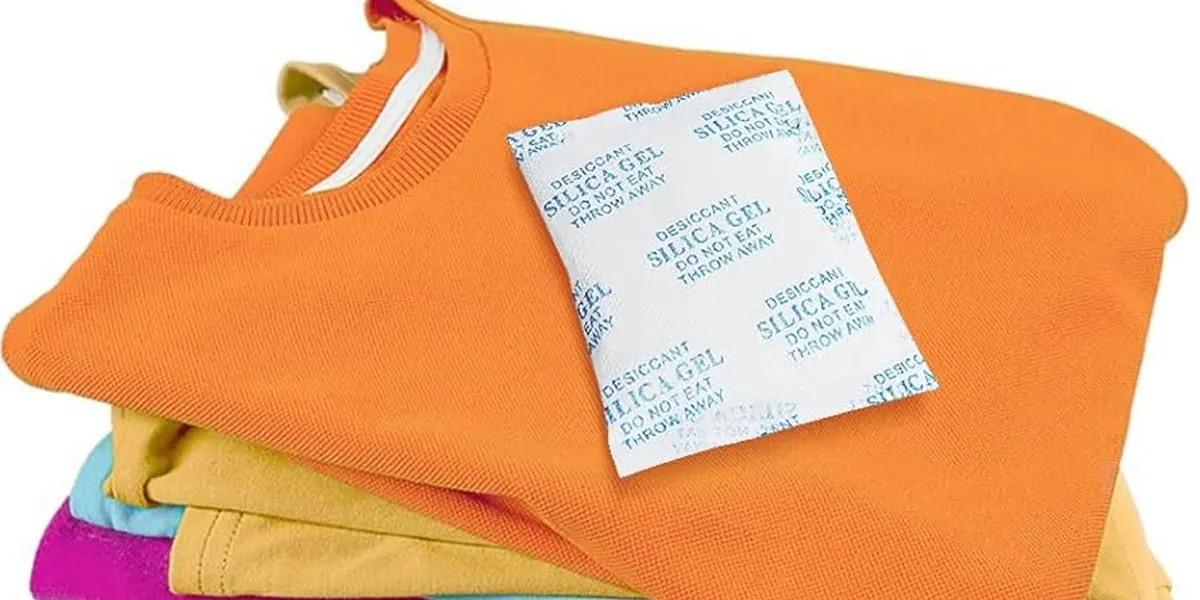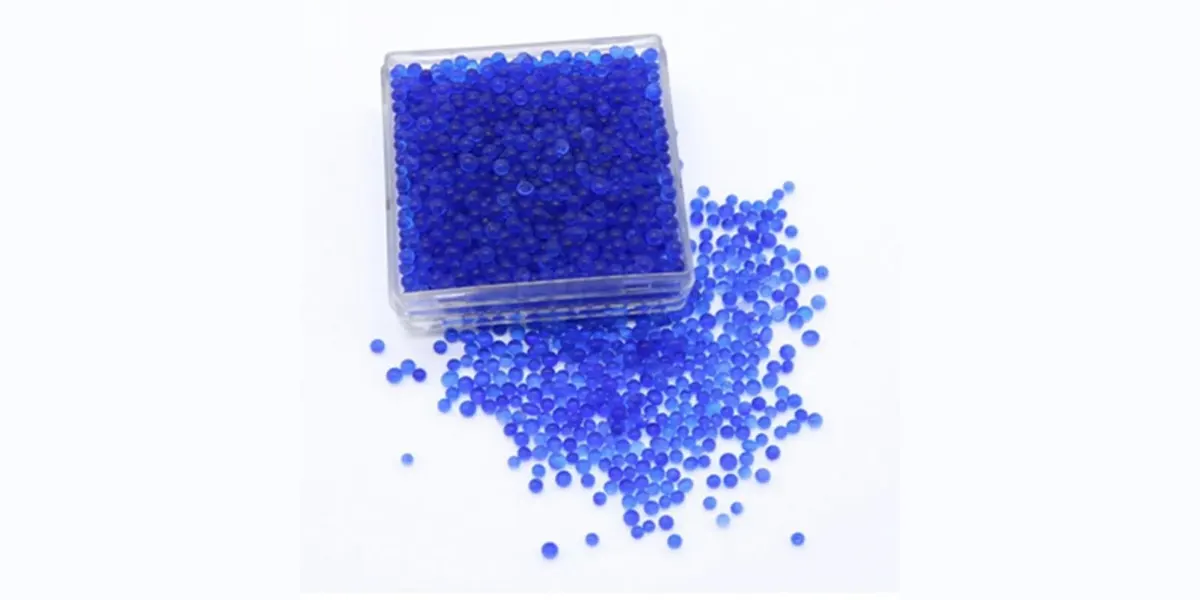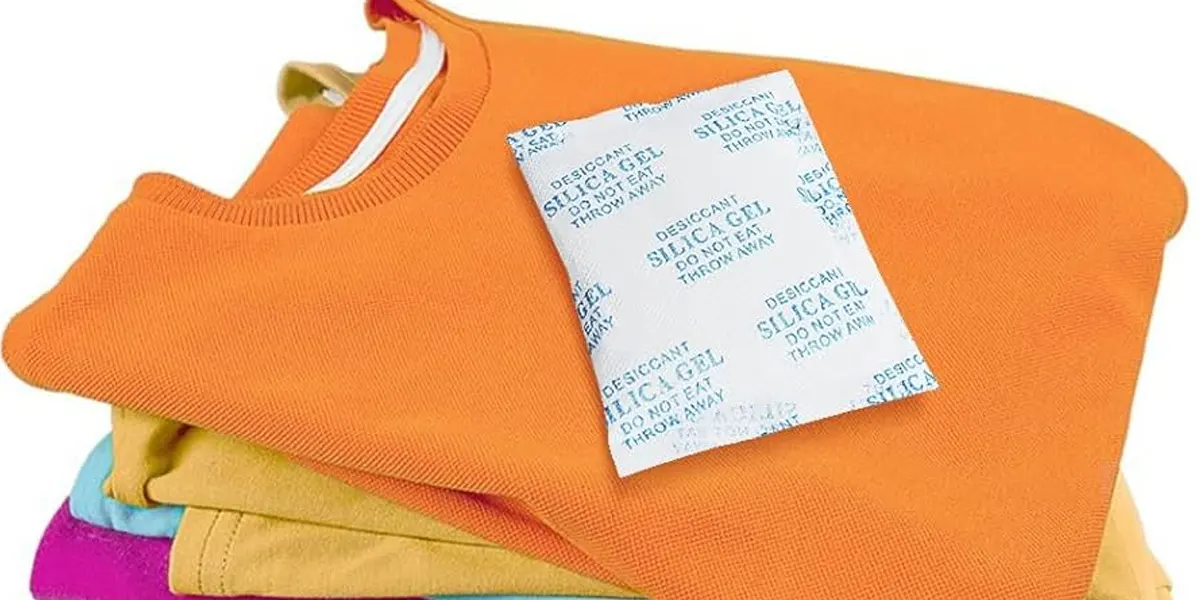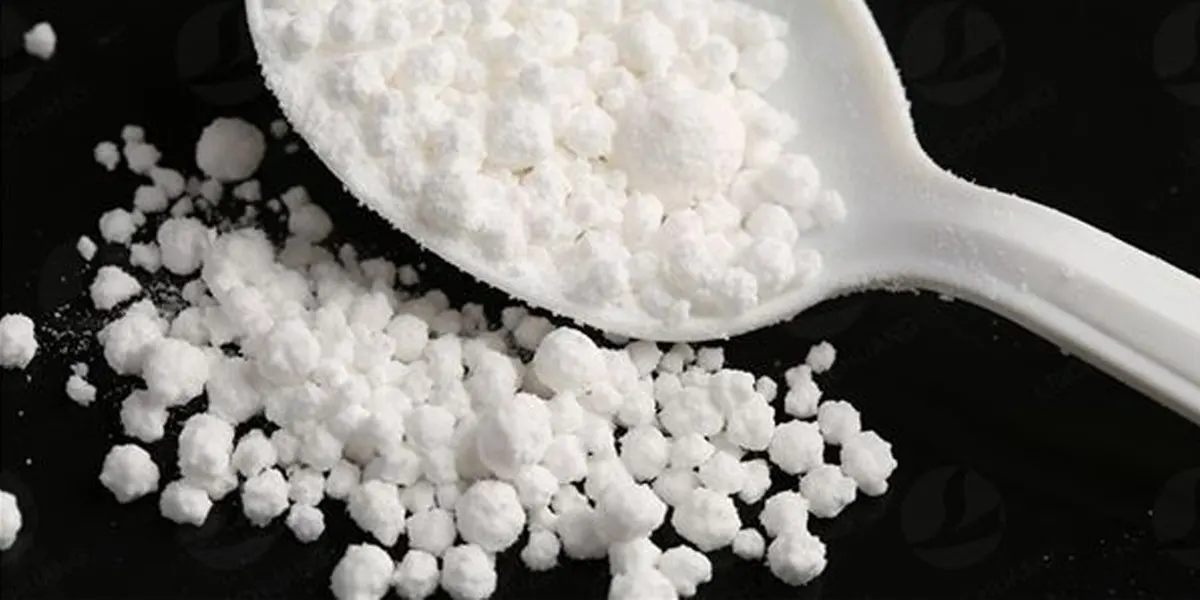Are desiccants toxic? What to do if you swallow a desiccant
Desiccants are a common item used to preserve everyday consumer products, from food, electronics, shoes, to industrial products. Although desiccants are effective in absorbing moisture and keeping products dry, many people still wonder if desiccants are toxic? And if you accidentally swallow a desiccant, what should you do to ensure safety? This article will help you answer those questions and provide steps to handle this situation.
Are desiccants toxic?
Desiccants usually contain silica gel, clay, or calcium chloride beads. Each type of desiccant has different properties and toxicity levels, but in general, they can be harmful if swallowed, especially for children. Here are some details about the common types of desiccant beads:

1. Silica Gel Beads
Properties: Silica gel is a type of silica oxide, which cannot be digested. Although it is not toxic, silica gel has a strong ability to absorb moisture and can cause damage to the oral and gastric mucosa if swallowed.
Risks: Swallowing silica gel can lead to symptoms such as dry throat, nausea, dizziness, vertigo and even intestinal obstruction if swallowed in large amounts.
For the blue silica gel, it usually contains Cobalt Chloride (cobalt chloride), a chemical used to change the color of the silica gel beads when they have absorbed enough moisture. The color of this silica gel beads changes from blue to pink when it absorbs moisture. Although silica gel is generally not toxic, blue silica gel beads can be dangerous if swallowed or exposed to the body for a long time, especially due to Cobalt Chloride.
.webp)
2. Clay beads
Properties: Clay beads (Clay desiccant) have less moisture absorption capacity than silica gel, but if swallowed in large quantities, they can still cause discomfort and danger.
Risk: These beads can irritate the mucous membranes of the mouth and, if inhaled, can cause nasal and respiratory congestion, especially in young children.

3. Calcium Chloride Powder
Properties: Calcium chloride is a strong desiccant, and when exposed to water, it will produce a strong chemical reaction.
Risk: If ingested, calcium chloride powder can cause burns and ulcers in the mucous membranes of the mouth, and cause serious damage to the digestive system.
Symptoms of Swallowing Desiccant Packets
When you accidentally swallow a desiccant pack, symptoms can range from mild to severe, depending on the type of desiccant in the pack and the amount swallowed. Here are some common symptoms of swallowing desiccant packs:
With common types of desiccant packs
When you accidentally swallow a desiccant pack, symptoms can range from mild to severe, depending on the type of desiccant pack and the amount swallowed. Some common symptoms include:
Dry throat and nausea: This is a common symptom when the desiccant comes into contact with the oral mucosa.
Dizziness, dizziness and stomach pain: Silica gel beads can cause local dehydration, leading to dizziness, nausea and stomach pain.
Intestinal obstruction and stomach bleeding: If a large amount of desiccant is swallowed, these beads can cause intestinal obstruction or ulcers, even stomach bleeding.
Dry eyes and corneal damage: If the desiccant accidentally gets into the eye, it can cause dry eyes, corneal burns and even blindness if not treated promptly.
With blue silica gel beads
Cobalt Chloride is a chemical compound that can irritate the skin and eyes, especially when exposed to large amounts. Cobalt Chloride can also be toxic if swallowed, with symptoms such as nausea, abdominal pain, difficulty breathing and in some severe cases can cause liver and kidney damage.

How to handle when swallowing a desiccant packet
If you or someone else swallows a desiccant packet, act quickly to minimize the risk and protect your health. Here are the steps to take:
1. Assess the situation
If a small amount is swallowed, it is usually not a serious problem. However, if you experience unpleasant symptoms such as abdominal pain, dizziness, nausea or difficulty breathing, seek medical help immediately.
2. Drink water immediately
To reduce discomfort, drink plenty of water to help reduce the water-absorbing effect of the desiccant. However, for calcium chloride, avoid drinking water immediately as it will increase the chemical reaction.
3. Call a doctor or go to a medical facility
If symptoms become severe such as severe abdominal pain, bleeding, difficulty breathing, take the affected person to the hospital or call a doctor for timely examination and treatment.
How to prevent and protect health
1. Keep desiccant packets out of reach of children
Children may mistake desiccant packets for snacks, so desiccant packets should be kept out of reach of children to avoid the risk of swallowing.
2. Do not eat desiccant packets
Although desiccant beads are not immediately toxic, they can cause damage to the oral mucosa and unpleasant symptoms if swallowed. Therefore, avoid eating desiccant packets.

Symptoms of Swallowing Desiccant Packets
When you accidentally swallow a desiccant pack, symptoms can range from mild to severe, depending on the type of desiccant in the pack and the amount swallowed. Here are some common symptoms of swallowing desiccant packs:
With common types of desiccant packs
When you accidentally swallow a desiccant pack, symptoms can range from mild to severe, depending on the type of desiccant pack and the amount swallowed. Some common symptoms include:
Dry throat and nausea: This is a common symptom when the desiccant comes into contact with the oral mucosa.
Dizziness, dizziness and stomach pain: Silica gel beads can cause local dehydration, leading to dizziness, nausea and stomach pain.
Intestinal obstruction and stomach bleeding: If a large amount of desiccant is swallowed, these beads can cause intestinal obstruction or ulcers, even stomach bleeding.
Dry eyes and corneal damage: If the desiccant accidentally gets into the eye, it can cause dry eyes, corneal burns and even blindness if not treated promptly.
With blue silica gel beads
Cobalt Chloride is a chemical compound that can irritate the skin and eyes, especially when exposed to large amounts. Cobalt Chloride can also be toxic if swallowed, with symptoms such as nausea, abdominal pain, difficulty breathing and in some severe cases can cause liver and kidney damage.


 Tiếng Việt
Tiếng Việt
